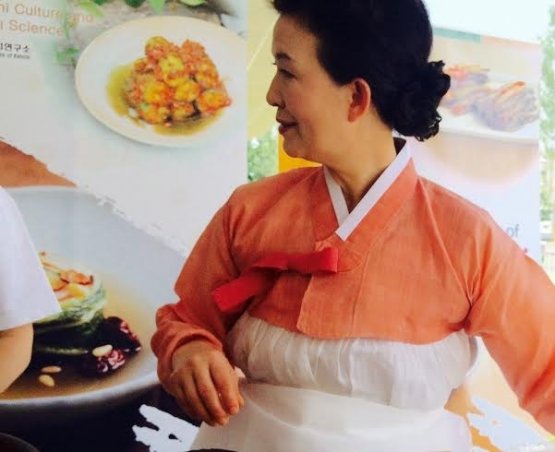What are the food expectations for Expo visitors? For sure they want to taste dishes that represent the message of that country, especially when it comes to sustainable agriculture, to ingredients capable of answering the challenges of an ever-growing global population.
Yet how can we tell a dish is sustainable? The most objective criterion is the environmental impact, which takes into account how much drinkable water and fertile soil are used, on top of the CO2 emissions. To give you a range, here are some examples of the environmental impact of some common food, expressed in square metres necessary to produce 1 kg of that food: fruit 3, vegetables 9, rice 14, pasta 17, legumes 21, chicken 46, pork 49, fish 69, beef and veal 105.
Here are my suggestions so as to eat dishes that are both delicious and have a low environmental impact and therefore are, in my opinion, probably more in line with the theme “Feeding the planet, energy for life”. These are surprising dishes that lead us to discover new ingredients and at the same time allow for a more sustainable use of natural resources such as water, air and soil.

Here’s where you can taste the best, sustainable meals at
Expo:
1)
Israel – in the restaurant inside the pavilion there are as many as 11 vegetarian dishes of which at least 4 are exclusively vegetal but even with the others it is often only necessary to avoid the yogurt sauce for them to be 100% vegetal. For instance, try the
Chickpea hummus with mushrooms, onions and pita (6€), the
Falafel with tahini, salad and pita (8€), the
Taboulé with pita (7€)
2)
Iran – here too there are as many as 8 vegetarian dishes (plus desserts) of which at least 2 are totally vegetal. Try the
Kashk Badenjen made with aubergines, tomato, mint, walnuts and spices (7€), the
Shirazi salad (4€) or the two types of croquettes with
Shoomi Pook made with onions (6€) or
Kuku Salzi with vegetables (6€)
3)
Korea – in order to avoid the queue, I recommend stopping by to reserve a table in advance at restaurant
Hansik. You must try the
Green tacos, the
Japchae (rice noodles with vegetables, 12€) and
Bibimbop, a beautiful dish with rice and seasonal vegetables and tofu (15€)
4)
Qatar – There are nice vegetarian dishes and fresh fruit juices, also with fresh almond milk if you like (5€). Try the
Chickpea pancakes (5€), the
Taboulé with Bulgur and lemon juice, the
Meshi Warak Enab (vine leaf rolls with rice and spices, 8€)
5)
Afghanistan – excellent quality-price ratio in the small refreshment area of this country inside the
Spice Cluster. There are at least 5 vegetarian dishes from which to choose from, such as
Kabuli Palaw (rice with raisins, carrots and cardamom, aubergines or pumpkin purée, 15€),
Ashak (gnocchi with spinach, 10€),
Qorma and lubia (stewed beans with tomato and onions, 10€), and have the Naan bread and the
Stewed okra too, for 3 and 5€
An excellent reason why to taste all these dishes? On top of being among the most sustainable, they are also healthy and are a perfect single course at decisively affordable prices.